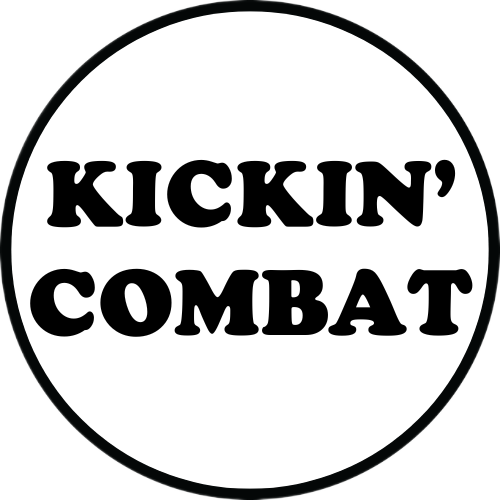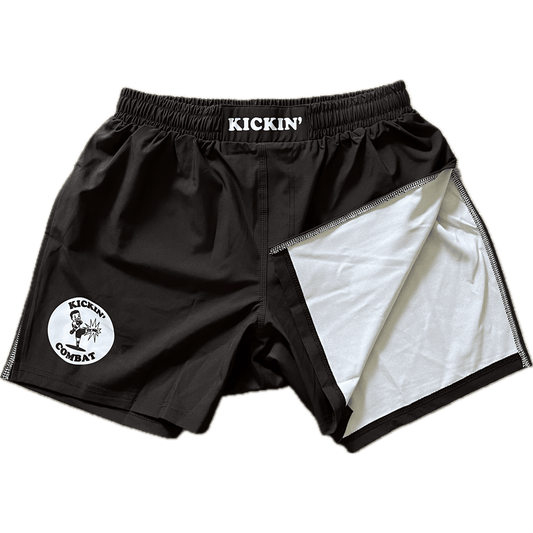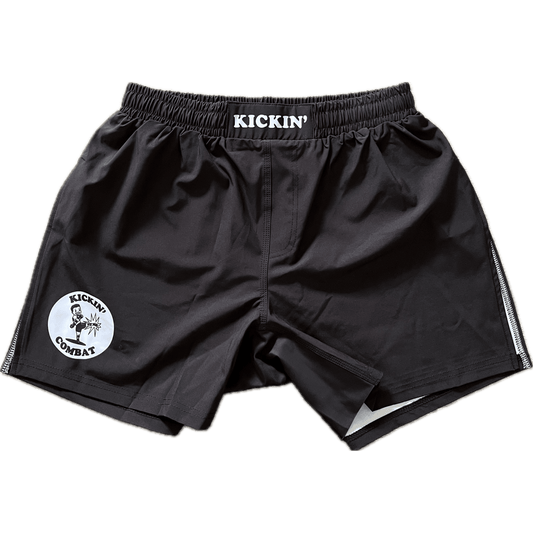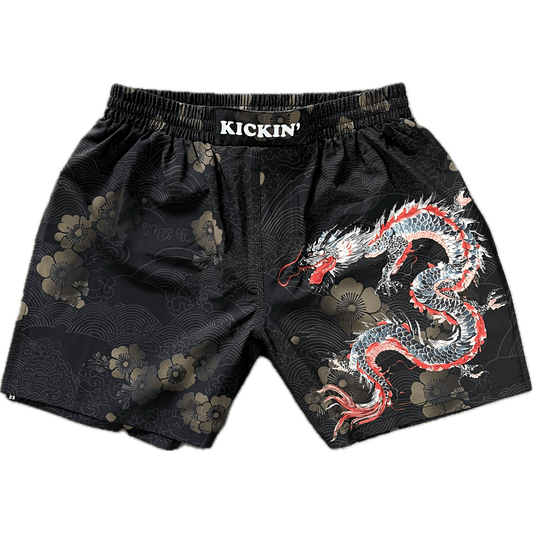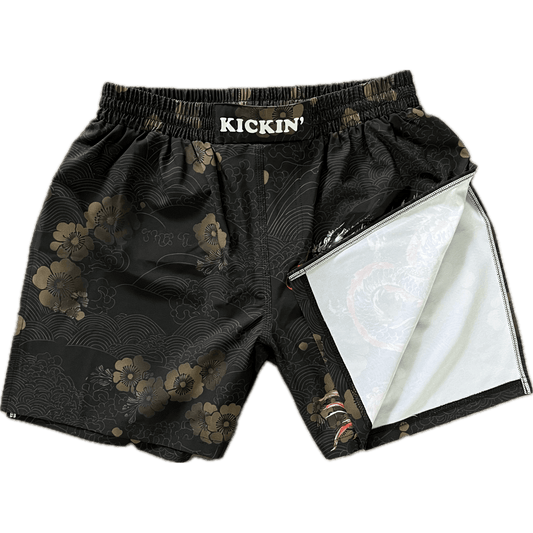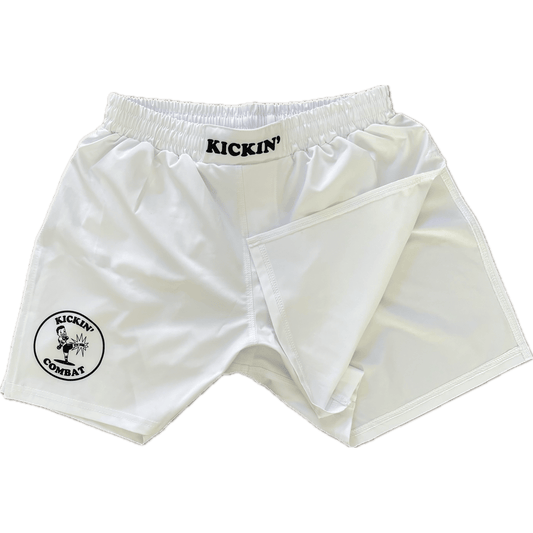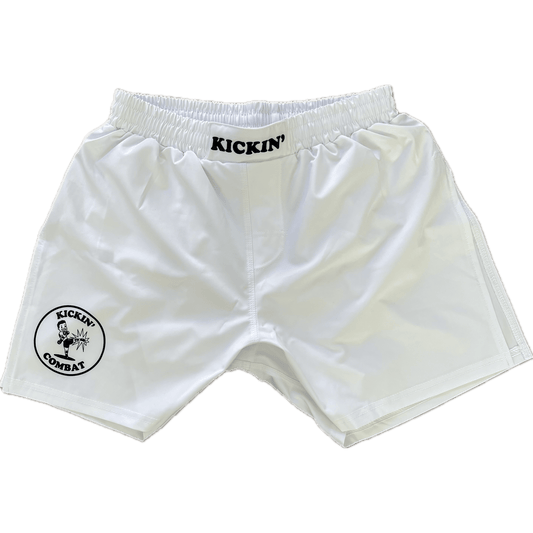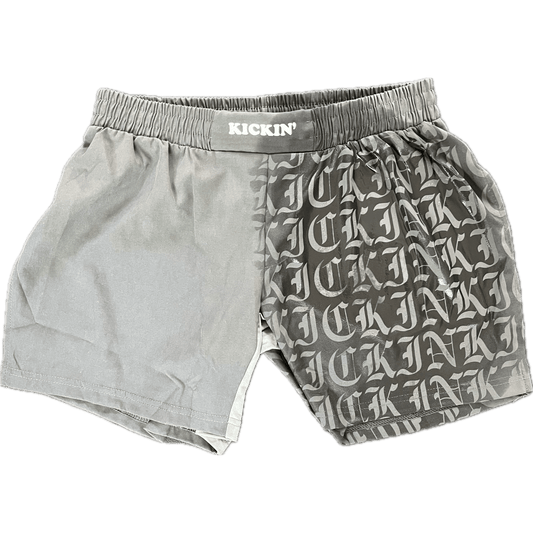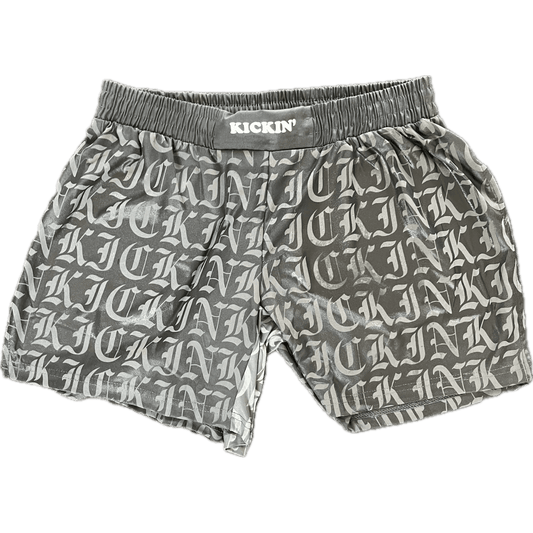Fit and Comfort of Gladiator Shorts for MMA
When training in MMA, your gear should move with you, not against you. Among the many styles available, gladiator shorts stand out for their unique balance of mobility and support. But beyond visual appeal, the fit and comfort of these shorts play a vital role in performance. A well-fitting pair allows you to focus on your drills, not your gear.
This article explores the key elements that influence fit and comfort in gladiator shorts and why they’ve become a top pick for fighters at all levels.
Why Fit Matters in MMA Shorts
Proper fit helps prevent distractions, discomfort, and injury during training or sparring. Shorts that are too tight can restrict blood flow and mobility. Shorts that are too loose may shift during takedowns or clinch work, requiring constant adjustment.
Gladiator shorts are designed to offer a hybrid fit; secure at the waist with freedom through the legs. This combination creates a functional and lightweight experience tailored for MMA’s unpredictable and high-movement nature.
Comfort Features That Make a Difference
Waistband Design and Stability
The waistband is a make-or-break detail for comfort. Gladiator shorts typically use wide, elastic waistbands with reinforced Velcro and drawstring combos. This design holds firm during explosive movement but doesn’t dig into the hips.
A good waistband stays secure through rounds of sparring without the need for constant tightening. Look for shorts with internal gripping or compression features to enhance fit without causing pressure points.
Leg Cut and Slit Height
One of the signature design elements of gladiator shorts is the high side slit. This deep leg opening allows for unrestricted kicks, knees, and directional shifts. Fighters who favor mobility find that the open-leg design allows their legs to move freely without being bound by fabric.
The slit height also affects how the shorts contour to the thigh and hip. High slits reduce drag and help the shorts flow naturally with your movement, especially during ground transitions or kicks that require full extension.
Inner Lining and Layering Options
Gladiator shorts are often worn over compression shorts, giving athletes the flexibility to layer for modesty, support, or temperature control. The outer shell should be roomy enough to accommodate base layers without feeling bulky.
Compression shorts beneath add another layer of comfort by reducing friction and improving blood circulation. This combo setup has become the standard for athletes who value both function and personal style.
How to Choose the Right Size for Your Body Type
Fit preferences can vary, but sizing your gladiator shorts correctly starts with waist measurement. Avoid guessing based on standard pant sizes. Instead, measure your waist at the navel and compare it to the brand’s sizing chart.
- For muscular builds: consider sizing up if you have larger thighs or glutes
- For lean builds: opt for a tighter waistband fit to prevent slipping
- If layering: factor in compression shorts when choosing a size
Try squatting, kicking, and performing sprawls when testing new shorts. This will help ensure they stay in place and don’t restrict you during live training.
Why High Split Gladiator Shorts Are Preferred by Many Fighters
Fighters across all skill levels appreciate the functionality and style of high split gladiator shorts. The increased side opening allows full hip rotation, making these shorts a favorite for strikers, hybrid athletes, and anyone who prioritizes mobility.
Their lightweight build reduces heat retention during long sessions, while the combination of outer flow and inner support helps maintain comfort for extended wear. Many fighters find they train longer and more efficiently when they’re not distracted by gear.
Ultimately, the right pair of gladiator shorts should feel like an extension of your body: supporting your movement, adapting to your training style, and staying comfortable through every round.

